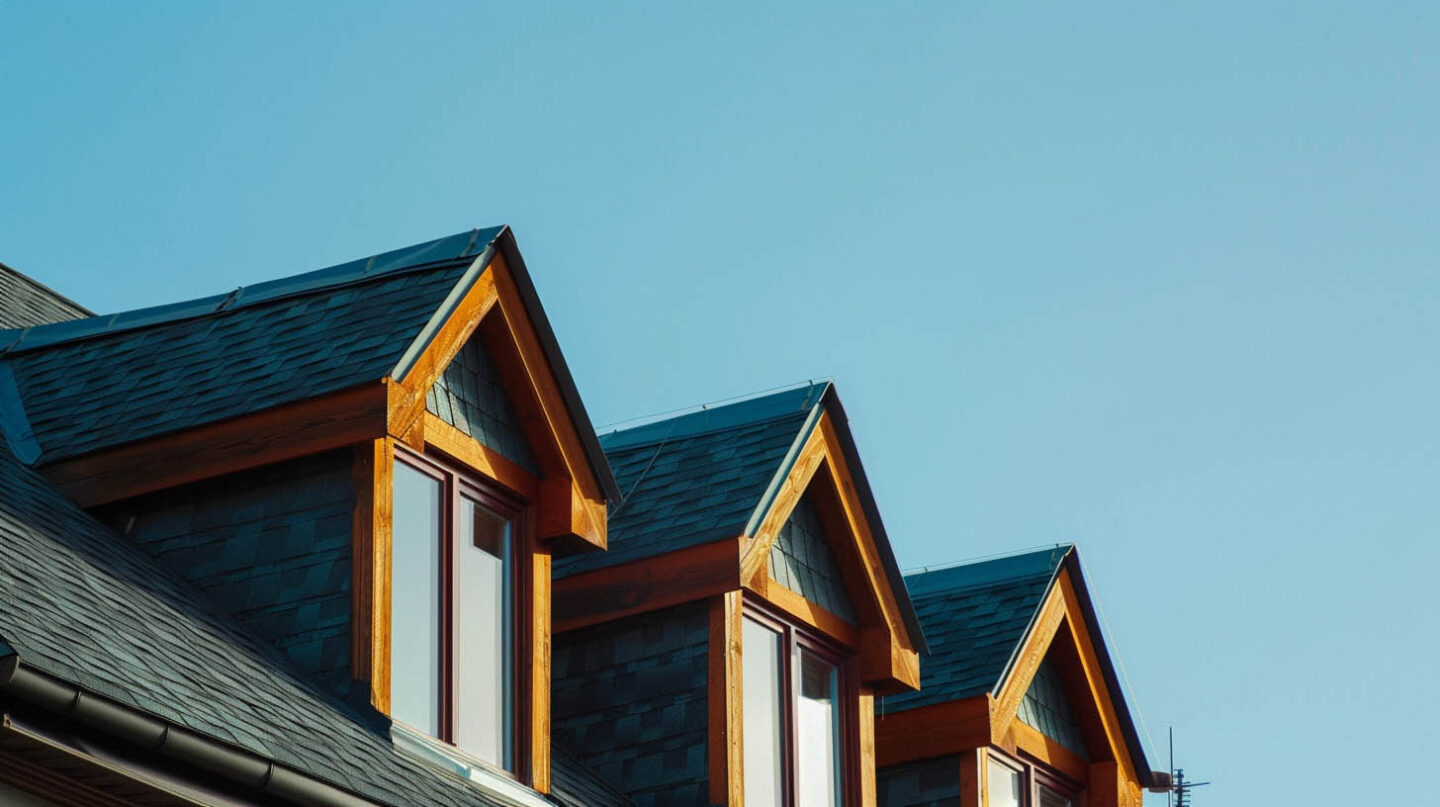Do you ever feel like your home is fighting itself, with a sweltering attic upstairs and chilly rooms downstairs? This frustrating temperature imbalance is often a sign that your roofing system needs attention. At The Shingle Master, we understand that your home’s comfort and energy efficiency depend on a healthy relationship between your roof, attic insulation, and ventilation in Cary, NC. When one component fails, it can throw the entire system off, impacting everything from your comfort to your utility bills. Our team at The Shingle Master is dedicated to diagnosing and addressing roof-related issues to restore balance in your home. Let’s explore the roof-related reasons behind this problem and how we can help fix it.
Common Signs of Roof-Related Temperature Imbalance
Noticing unusual temperature fluctuations in your home can be puzzling. You might find that some rooms are always cold, while the floor above is uncomfortably warm. These symptoms are often accompanied by rising energy bills and an HVAC system that seems to be running nonstop.
These signs point to an inefficient thermal envelope, where your roof and attic are failing to regulate heat and airflow. This not only affects your comfort but can also degrade your home’s indoor air quality. Understanding these warning signs is the first step toward diagnosing the root cause.
Hot Attic While Living Spaces Stay Cold
Hot air trapped in the attic can lead to significant temperature fluctuations throughout the home, creating discomfort in living spaces. This commonly occurs when inadequate ventilation hinders proper airflow, allowing heat to build up in the upper levels. Consequently, the living areas below may struggle to maintain comfortable indoor temperatures, despite seeming well-insulated. Addressing this issue often necessitates enhancing attic ventilation through intake and exhaust vents, ensuring a balanced transition of air, and ultimately improving the overall energy efficiency of the home.
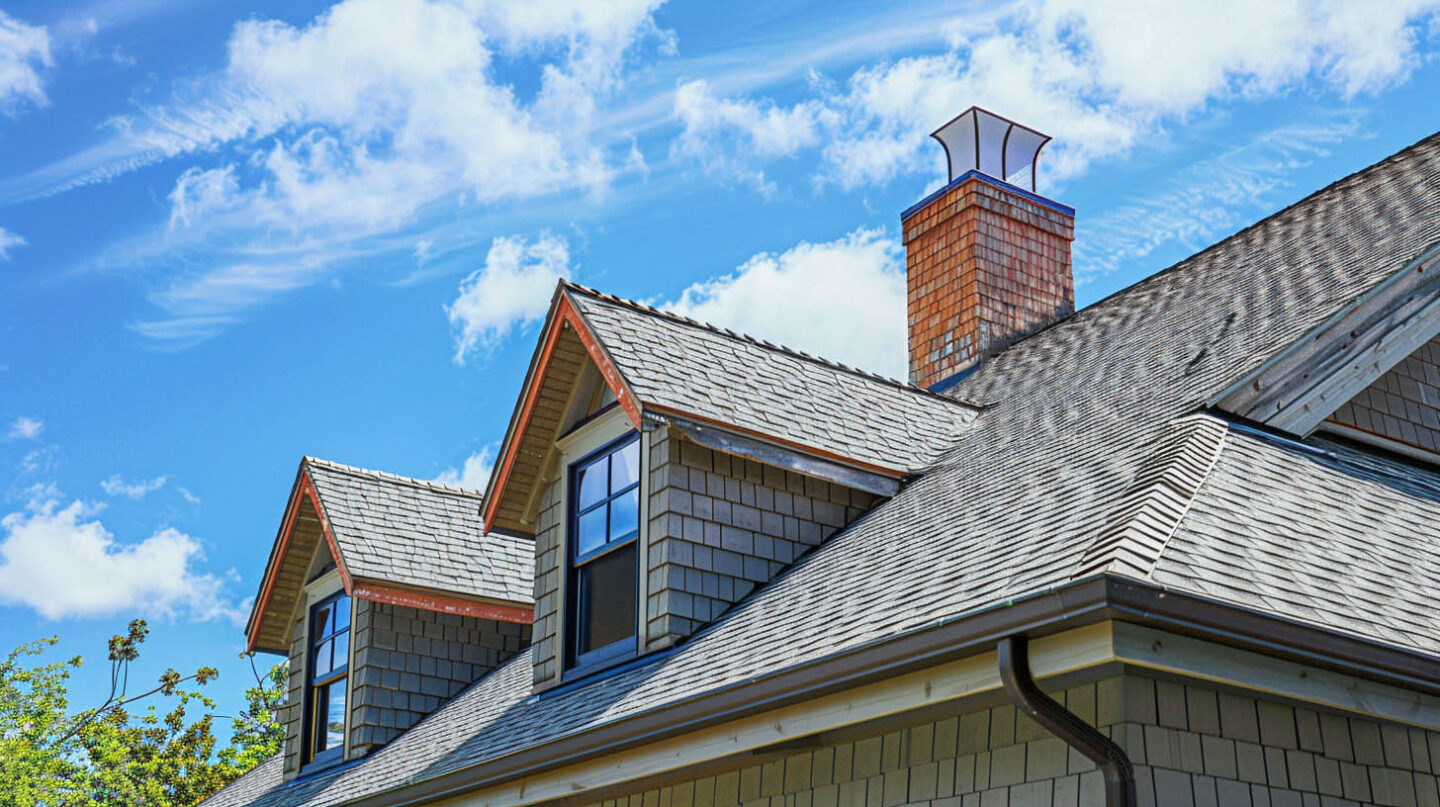
Uneven Temperatures Between Upstairs and Downstairs
Temperature disparities between upstairs and downstairs can lead to discomfort and higher energy bills. Such imbalances often indicate poor insulation or inadequate ventilation within the roof structure. When warm air accumulates in the attic space, downstairs areas may struggle to maintain comfortable indoor temperatures. Proper airflow through intake and exhaust vents is essential for mitigating these issues. Utilizing appropriate ventilation strategies can enhance energy efficiency and promote balanced heat distribution, ultimately improving indoor air quality and reducing overall heating costs.
Increased Energy Bills and HVAC Strain
Rising energy bills often signal underlying issues, particularly when hot attics translate to cold rooms. Excessive heat buildup in the attic can cause the HVAC system to work overtime, leading to higher utility costs. Without adequate ventilation and proper airflow, the air conditioning struggles to maintain comfortable indoor temperatures, resulting in strain on the system. The imbalance can also contribute to moisture buildup, which can further damage insulation and structural integrity, compounding energy waste and potentially leading to costly repairs.
Key Causes of Hot Attics and Cold Rooms
So, what’s truly behind this temperature tug-of-war in your home? The problem usually boils down to a few key culprits. Poor attic ventilation, insufficient insulation, and hidden air leaks are the most common causes of this frustrating imbalance.
Each of these issues disrupts your home’s ability to manage heat, leading to unwanted heat gain in the summer and heat loss in the winter. This inefficiency directly translates to decreased comfort and higher energy costs. Let’s examine each of these causes more closely.
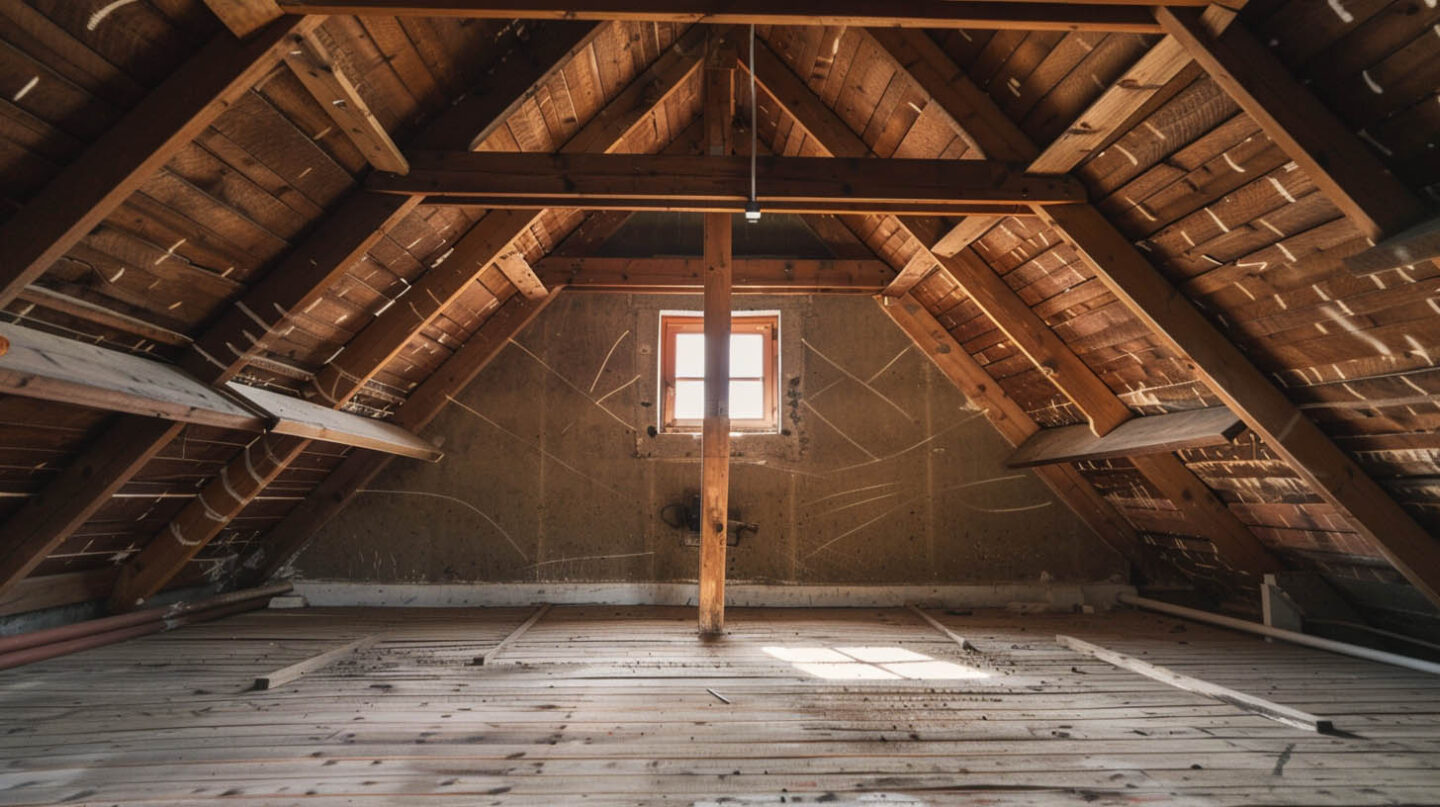
Poor Attic Ventilation
Inadequate airflow within the attic region significantly contributes to temperature imbalances throughout the home. Without proper ventilation, excessive heat can build up in the attic space, leading to inconsistent indoor temperatures. This heat transfer increases cooling demands on your HVAC system, prompting higher energy bills and potential strain on the equipment. Notably, poor ventilation can also cause moisture buildup that jeopardizes the structural integrity of the roof, resulting in mold growth and water damage that ultimately affect the entire living space.
Insufficient or Damaged Insulation
An effective thermal barrier relies heavily on the quality and condition of insulation. Insufficient or damaged insulation can lead to significant temperature fluctuations, allowing excessive heat from the attic to seep into living spaces. This not only creates discomfort but also increases energy bills, as HVAC systems work overtime to compensate for poor indoor temperatures. Inspecting the attic floor and the underside of the roof can help identify issues. Upgrading to spray foam insulation can enhance energy efficiency, reducing energy waste and improving overall indoor air quality.
Air Leaks and Drafts
The presence of air leaks and drafts can significantly disrupt indoor temperature control. These gaps allow excessive air exchange between the living spaces and the outside environment, undermining the benefits of adequate insulation. Common sources include improperly sealed attic floors and gaps around vents, which can lead to increased heat gain in the attic while cold air is compromised in living areas. Identifying and sealing these leaks is paramount to enhancing energy efficiency and maintaining optimal indoor air quality throughout the entire home.
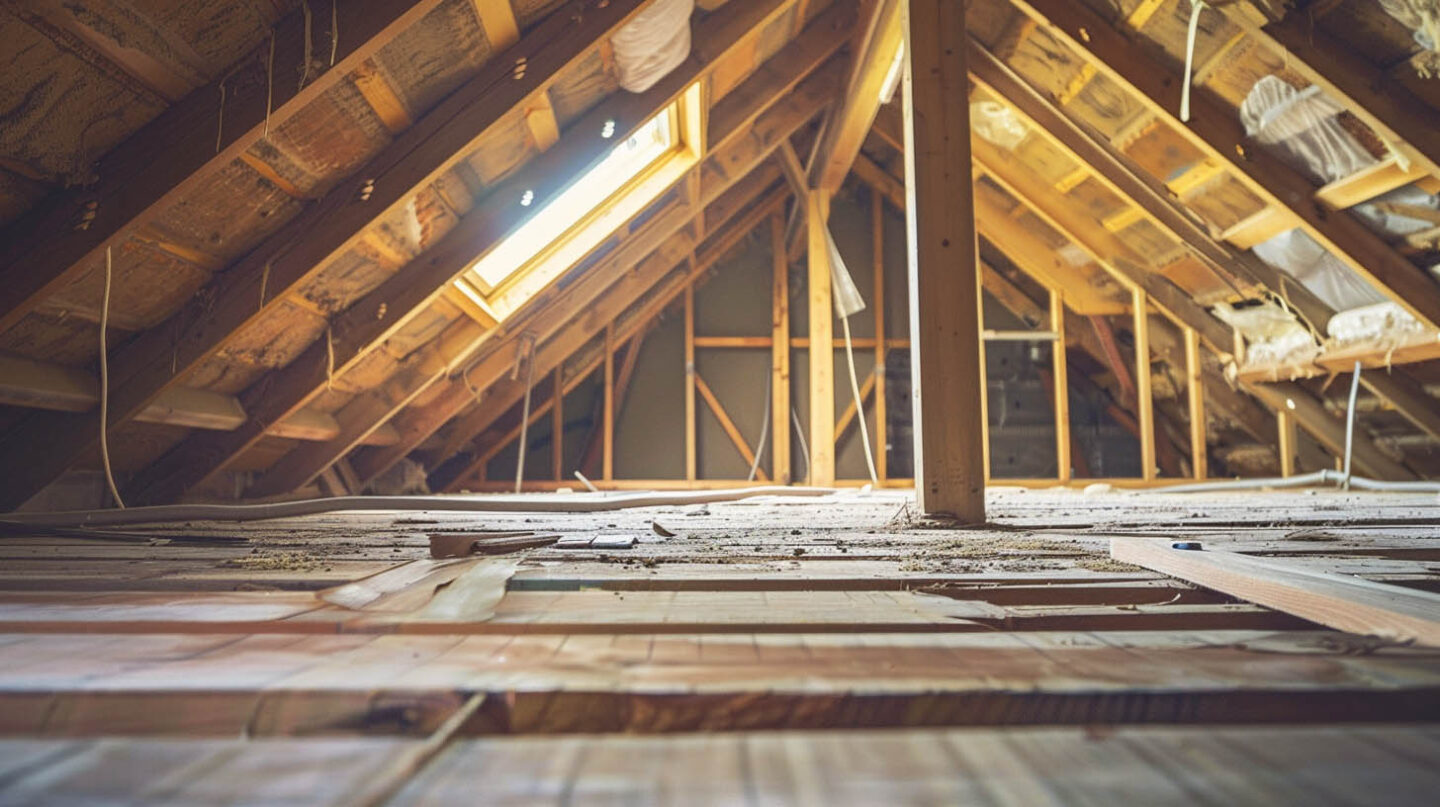
Improper Roof Design or Materials
Inadequate roofing materials or suboptimal design can severely disrupt temperature regulation in your home. An improperly sloped roof may lead to poor drainage, resulting in moisture buildup and structural damage. Additionally, substandard materials can fail to provide the necessary thermal barrier, allowing for excessive heat transfer into the attic. This not only contributes to hot attic conditions but also affects indoor air quality. Upgrading to high-quality roofing options can significantly enhance energy efficiency, ensuring a balanced living space and reducing those troubling high energy bills.
How Poor Roof Ventilation Impacts Home Comfort
Poor roof ventilation does more than just cause a heat buildup in your attic space. It sets off a chain reaction that affects your entire home’s environment, from comfort to health. Without proper airflow, your home can’t effectively get rid of heat and moisture.
This failure leads to several problems, including degrading indoor air quality and creating the perfect conditions for moisture buildup and mold. Let’s look at how restricted airflow can directly harm your home and your comfort.
Restricted Airflow and Heat Buildup
Hot air accumulation in the attic often results from restricted airflow, creating an environment ripe for excessive heat buildup. Inadequate ventilation, particularly in older homes, leads to increased indoor temperatures that affect the overall comfort of living spaces. Insufficient exhaust and intake vents can trap warm air and exacerbate temperature fluctuations, contributing to higher energy bills and stressing the HVAC system. Ensuring proper airflow through efficient attic ventilation is crucial for mitigating heat gain and maintaining optimal indoor air quality throughout the entire home.
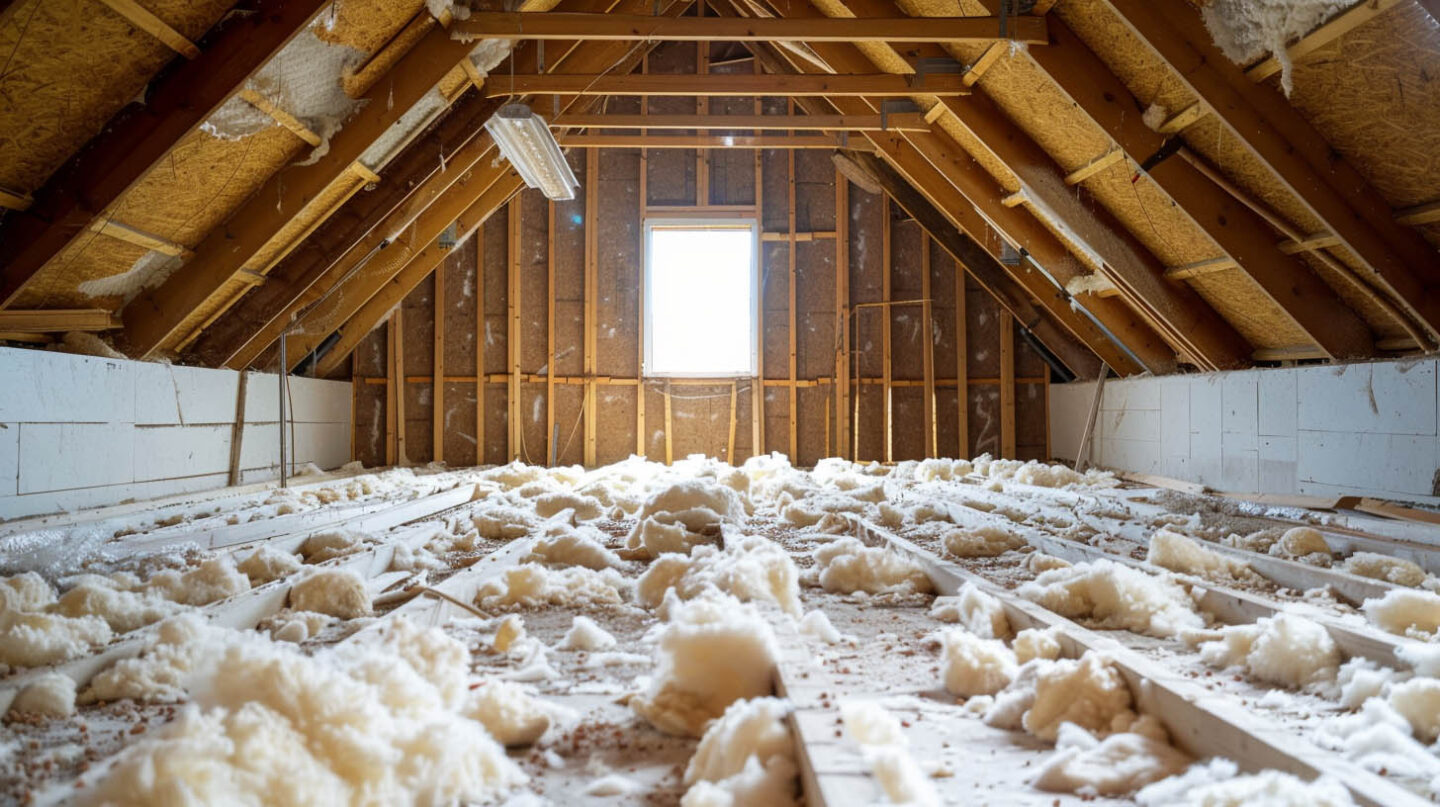
Effects on Indoor Air Quality
Elevated temperatures in the attic can significantly compromise indoor air quality. Poor ventilation and excessive heat buildup promote moisture accumulation, leading to potential mold growth and structural damage. This not only affects the overall air quality but can also exacerbate allergies or respiratory issues. Furthermore, stagnant air can trap pollutants, making living spaces less comfortable. Implementing proper airflow, such as exhaust and intake vents, is essential to combat these issues and maintain a healthy home environment with optimal temperature control.
Potential for Moisture and Condensation Issues
Attic spaces with significant temperature discrepancies can lead to moisture and condensation problems. The warm air rising from lower living areas often meets cooler surfaces, like the underside of the roof, creating ideal conditions for condensation. Such moisture buildup not only jeopardizes structural integrity but can also foster mold growth, impacting indoor air quality. Proper ventilation through exhaust and intake vents is crucial to prevent this cycle, ensuring that humid air is efficiently expelled while allowing fresh air to circulate within the attic space.
The Role of Insulation in Temperature Balance
While ventilation manages airflow, insulation is your home’s main defense against heat transfer. It’s the thermal shield on your attic floor that keeps the air you pay to heat or cool inside your living space. Achieving true energy efficiency and comfort is impossible without proper insulation.
The effectiveness of your insulation depends on its type, depth (R-value), and condition. From traditional fiberglass to modern spray foam insulation, each plays a crucial role in maintaining temperature balance. Let’s explore how insulation works and what to look for in your own attic.
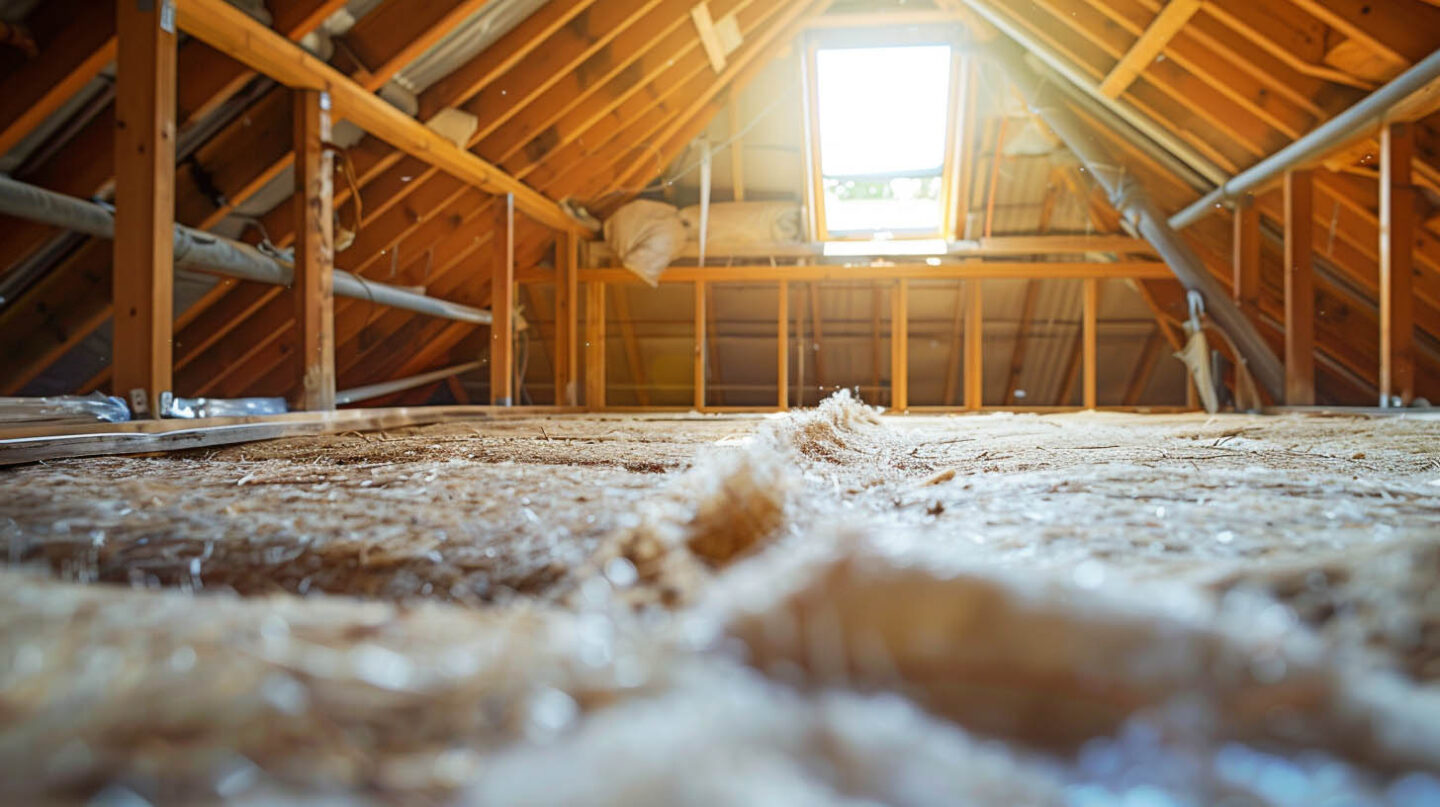
Insulation Types and Their Effectiveness
Different insulation types play a crucial role in maintaining thermal balance within your home. Spray foam insulation, for example, creates a tight thermal barrier that minimizes air leakage while enhancing energy efficiency. Fiberglass batts, while cost-effective, may require seamless installation to prevent gaps. Cellulose offers a sustainable option, effectively controlling temperature fluctuations, but may not perform as well in moisture-prone areas. Evaluating these materials alongside attic ventilation strategies can significantly improve overall indoor air quality and comfort, mitigating issues like heat gain and cold rooms.
Signs Your Insulation May Be Failing
A noticeable drop in indoor temperatures during winter months can indicate failing insulation. Check for drafts or cold spots in rooms, as these may point to insufficient insulating materials or air leaks due to aging or poor installation. Additional red flags include increased moisture buildup, which can lead to mold growth, and higher energy bills that exceed typical ranges based on your square footage. Regular inspections ensure your home maintains structural integrity while avoiding excessive heat loss and compromising indoor air quality.
Insulation Upgrades for Improved Comfort
Upgrading insulation plays a crucial role in enhancing the comfort of any living space. Effective insulation, such as spray foam, helps establish a thermal barrier, moderating temperature fluctuations across the home. By ensuring adequate insulation throughout the attic space, one can significantly mitigate heat transfer, which addresses the common problem of hot attics and cold rooms. Moreover, sealing air leaks enhances energy efficiency, reducing energy bills while improving indoor air quality and maintaining consistent indoor temperatures, ultimately creating a more pleasant environment.
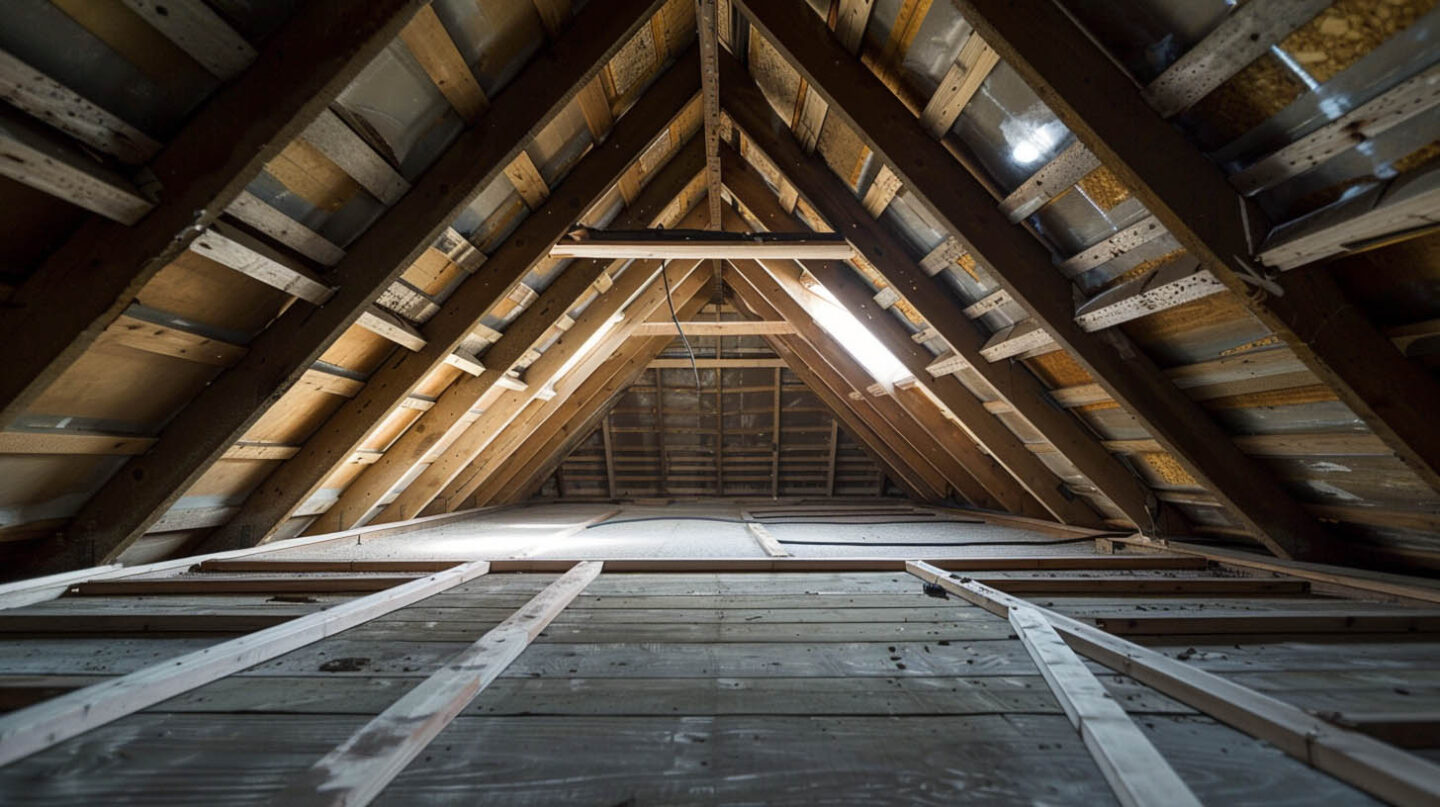
Professional Diagnostics and Services for Cary, NC Homeowners
For Cary, NC homeowners, enlisting professional diagnostics is vital to tackle hot attics and cold rooms. Experienced contractors utilize advanced techniques, such as blower door tests, to assess air leakage and insulation integrity. By conducting thorough evaluations, they determine the proper airflow dynamics necessary for temperature control. These experts can recommend suitable solutions, including attic ventilation improvements and targeted air sealing, ensuring optimum energy efficiency and enhanced indoor air quality. Their expertise helps restore balance, minimizing energy waste and improving overall comfort in living spaces.
Get in Touch
Restoring equilibrium between your attic and living spaces is essential for optimal indoor comfort and energy efficiency. As a GAF Master Elite Contractor, we address poor ventilation and inadequate insulation not only to alleviate temperature fluctuations but also to minimize energy waste and higher utility bills. Our BBB A+ reflects our commitment to implementing proper airflow solutions that enhance indoor air quality and protect your home’s structural integrity against moisture buildup and potential damage. With our Haag Certified Inspector on staff, taking action now ensures a more comfortable environment while preventing costly repairs down the line, allowing your home to thrive in any season. As a NC Licensed General Contractor and Raleigh’s Best Roofing Contractor, we are dedicated to providing top-notch service for your roofing needs.
Frequently Asked Questions
What happens if your attic is too hot?
An excessively high attic temperature caused by heat buildup can bake your shingles, warp your roof decking, and reduce your home’s energy efficiency. It forces your air conditioning to work much harder, leading to uncomfortable rooms and higher energy bills as it radiates heat into your living space.
Does a hot attic affect air conditioning?
Yes, a hot attic has a major impact on your air conditioning. It radiates heat downward into your home, forcing the HVAC system to run longer and harder to achieve proper temperature control. This results in significant energy waste and unnecessary strain on your cooling equipment.
Read our blog: Storm Photos Your Insurer Actually Needs

